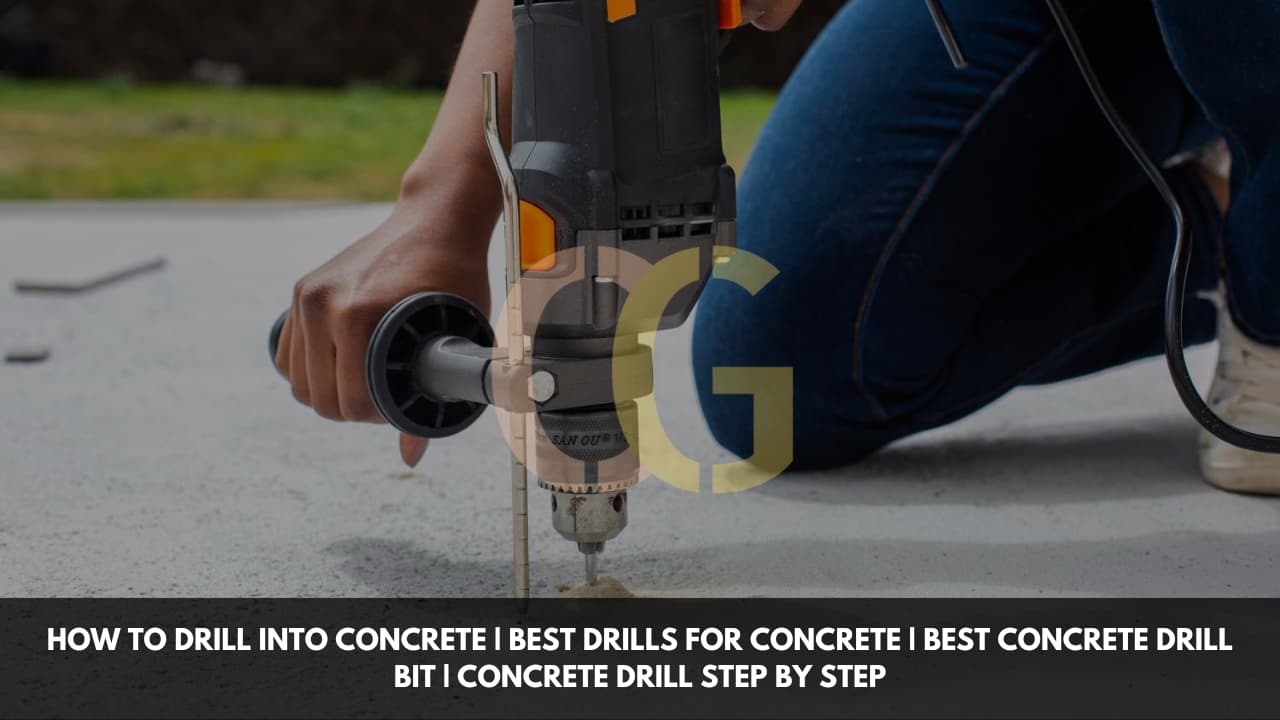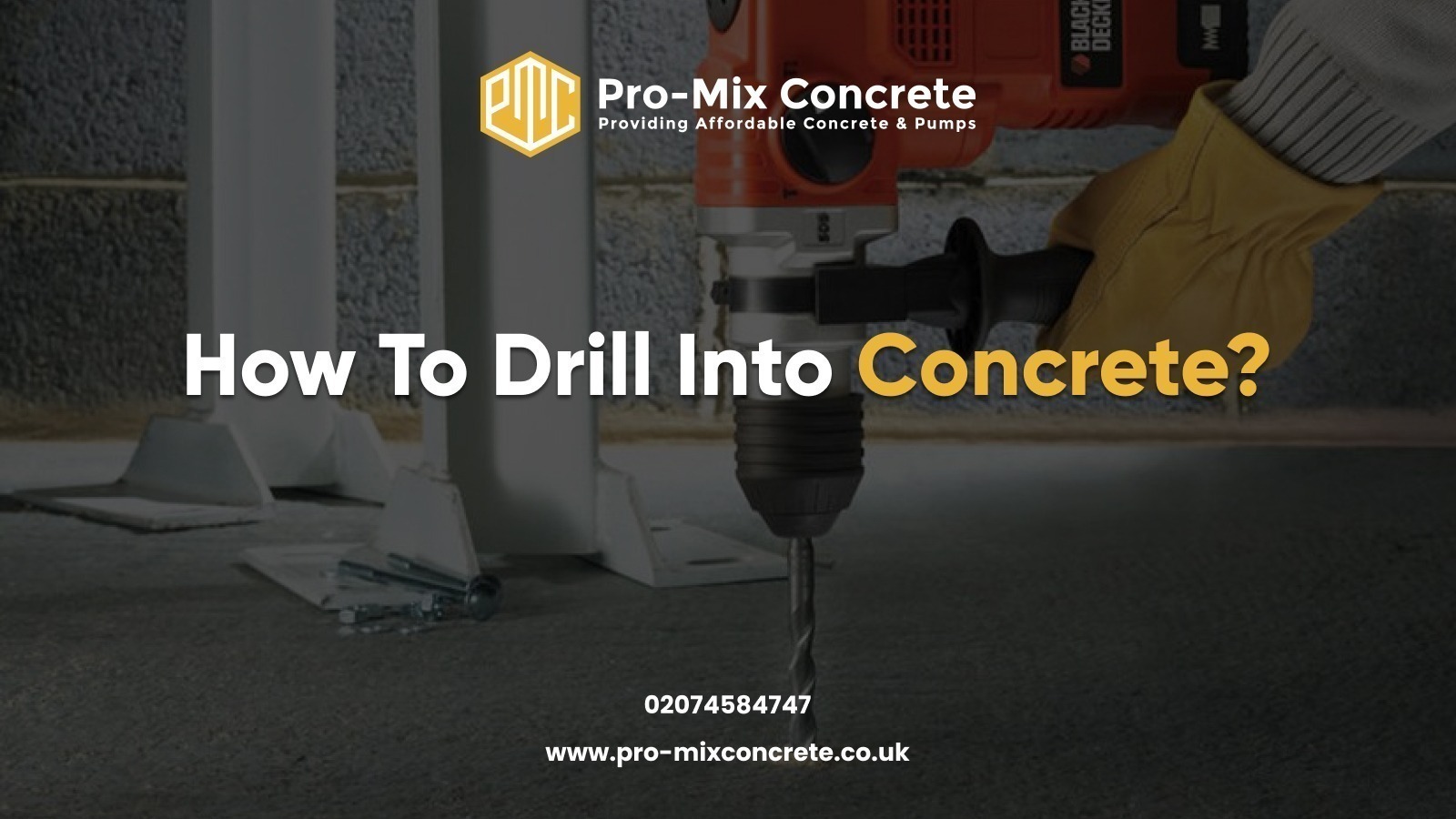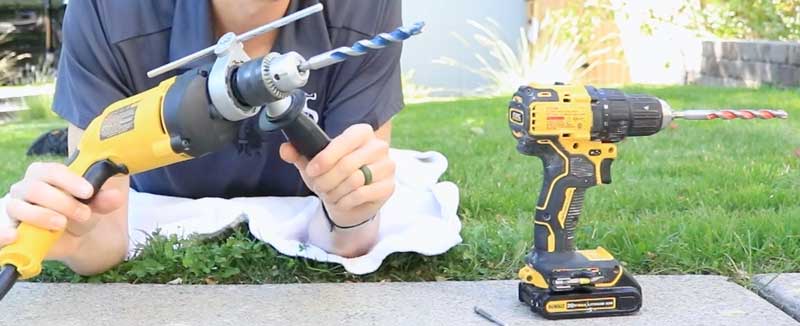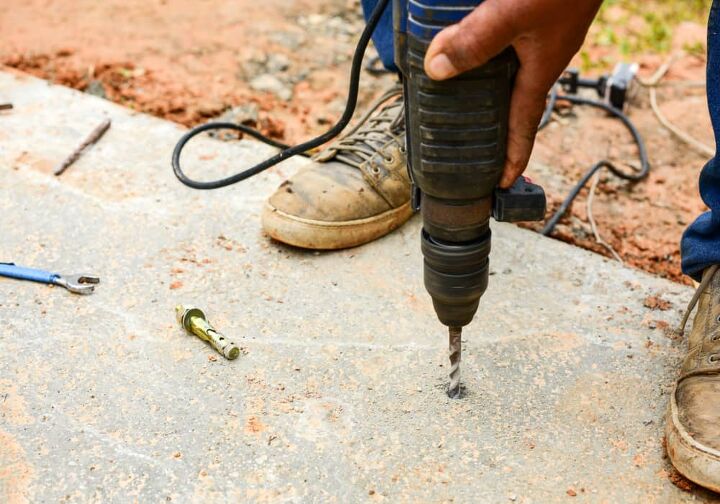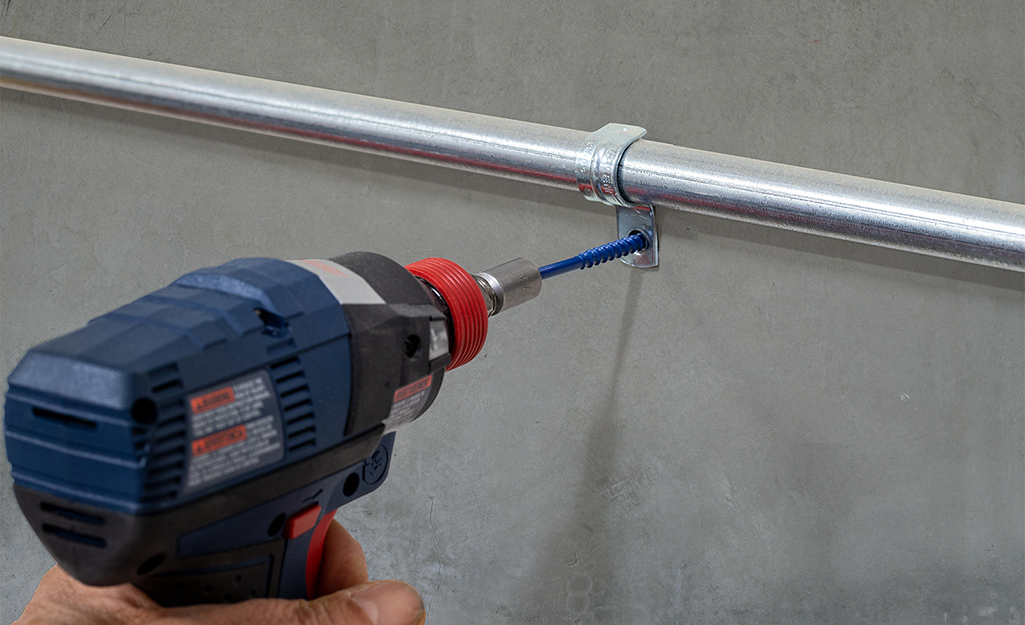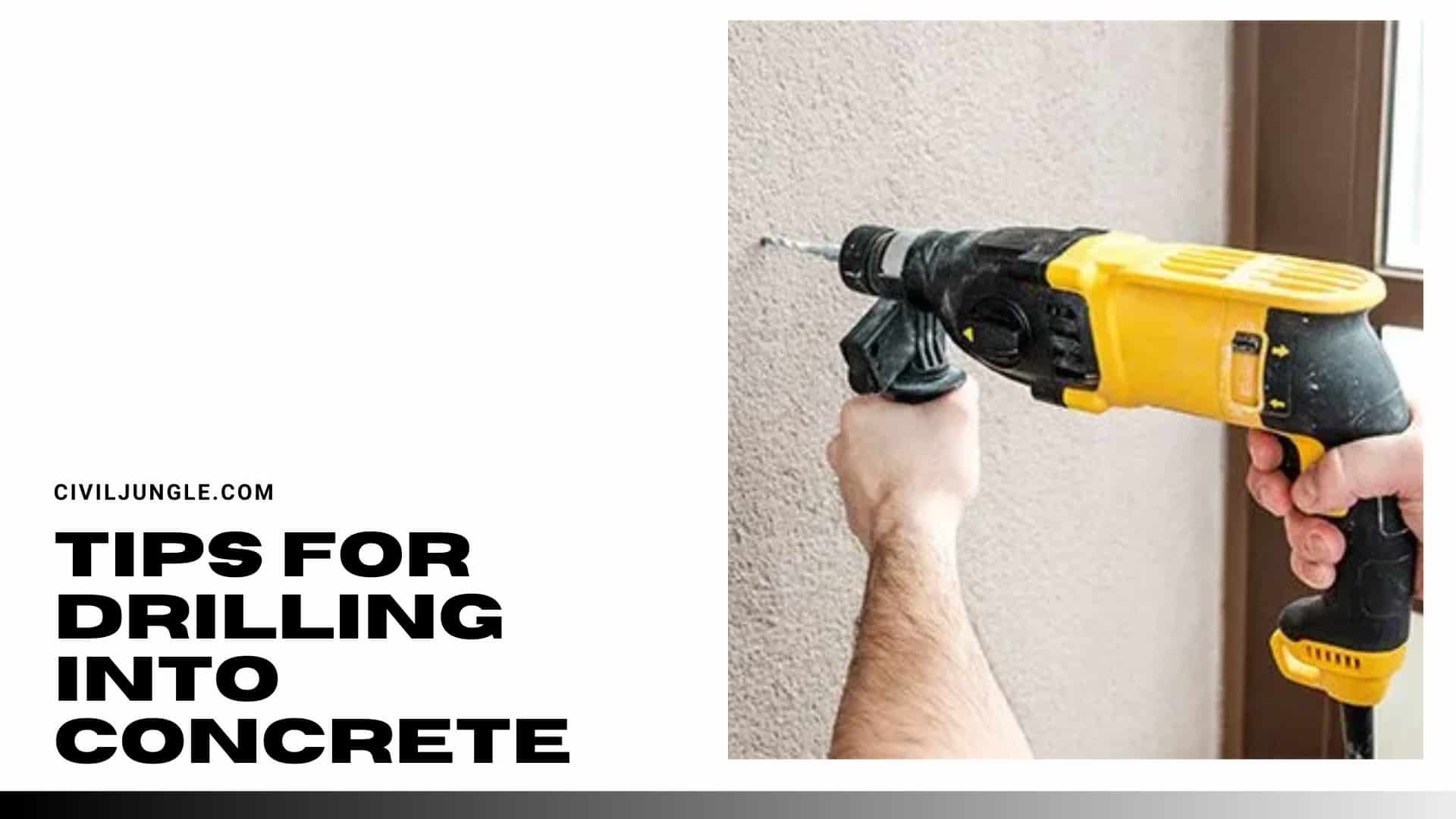Can I Drill Into Concrete With A Regular Drill
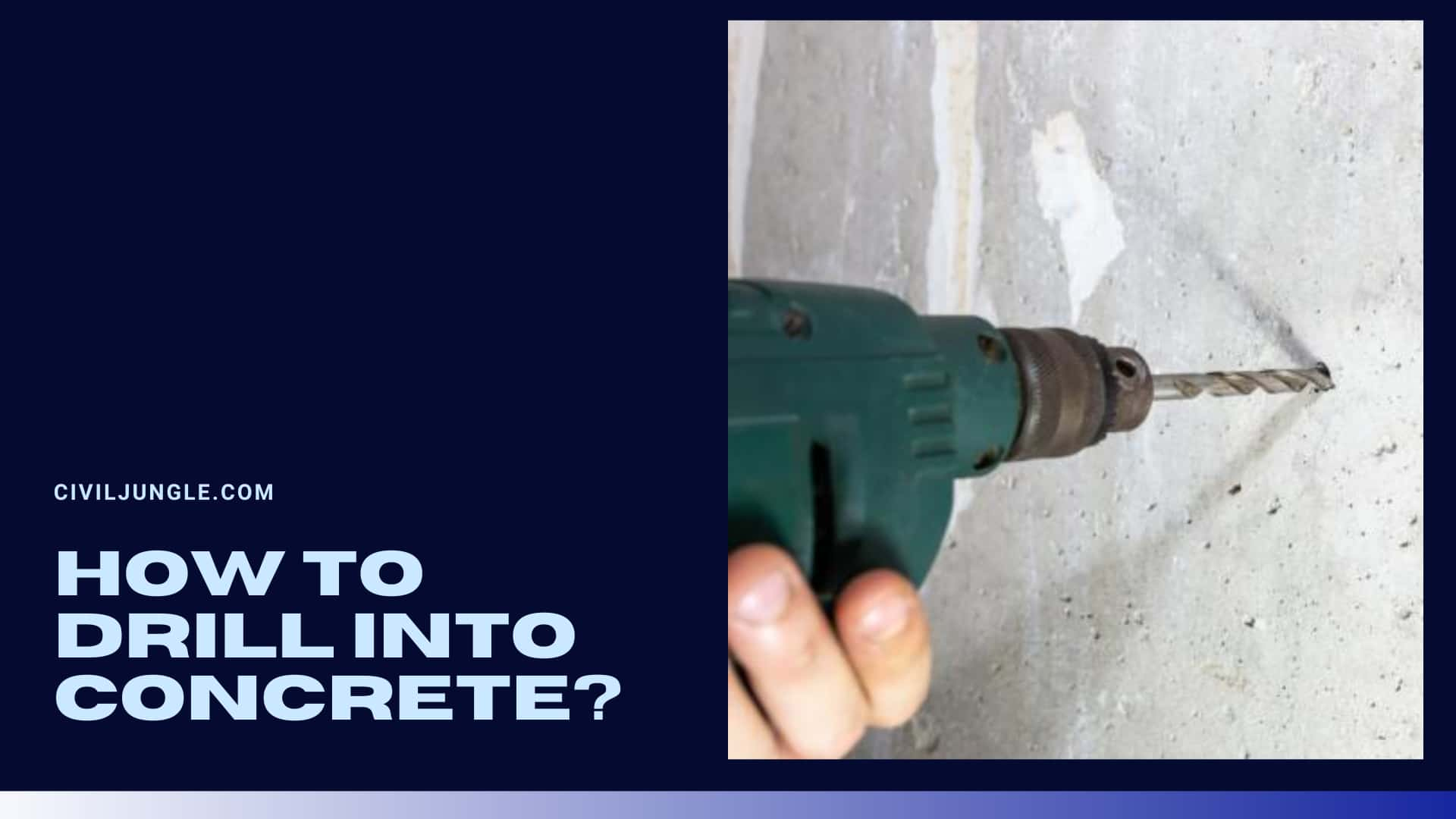
Many homeowners and DIY enthusiasts find themselves facing a common question when tackling projects around the house: Can a regular drill be used to drill into concrete? The answer, while seemingly straightforward, involves nuances that can significantly impact the success and safety of the task.
This article aims to provide a clear understanding of whether a standard drill is suitable for concrete drilling, outlining the tools and techniques required for optimal results, and highlighting the potential pitfalls to avoid.
Understanding the Basics
The key distinction lies in the type of drill. A standard drill, also known as a rotary drill, is designed primarily for wood, plastic, and metal.
Concrete, a composite material consisting of cement, aggregate, and water, presents a much greater challenge due to its hardness and density.
Attempting to drill into concrete with a standard drill can lead to frustration, damaged equipment, and potentially unsafe conditions.
The Limitations of a Standard Drill
A standard drill operates by simply rotating a drill bit to bore a hole. This method is ineffective against concrete because the bit quickly dulls and struggles to penetrate the hard surface.
The lack of a hammering action means the drill relies solely on rotational force, which is insufficient to fracture and remove the concrete material efficiently.
Furthermore, forcing a standard drill into concrete can overheat the motor, potentially leading to damage or failure of the drill itself.
The Right Tools for the Job
The recommended tool for drilling into concrete is a hammer drill or a rotary hammer.
A hammer drill combines rotation with a hammering action, delivering short, rapid bursts of force to break down the concrete as the bit rotates. This drastically improves the drilling speed and effectiveness.
A rotary hammer, on the other hand, uses a piston mechanism to generate a more powerful hammering force, making it suitable for heavier-duty applications and larger holes.
Hammer Drill vs. Rotary Hammer
The choice between a hammer drill and a rotary hammer depends on the scope and frequency of the work. For occasional, light-duty tasks, a hammer drill is generally sufficient.
However, for frequent or demanding projects, a rotary hammer is the preferred option due to its increased power and durability.
"Using the right tool is crucial for both safety and efficiency," emphasizes Mark Johnson, a building contractor with 20 years of experience. "Trying to force a standard drill through concrete can be dangerous and ultimately more costly in the long run."
Choosing the Right Drill Bit
Even with a hammer drill or rotary hammer, the correct drill bit is essential. Standard drill bits designed for wood or metal are unsuitable for concrete.
Carbide-tipped drill bits are specifically designed for drilling into masonry materials like concrete, brick, and stone.
These bits feature a hardened tungsten carbide tip that can withstand the abrasive nature of concrete.
When selecting a carbide-tipped drill bit, ensure it is compatible with the chuck size of your drill and appropriate for the desired hole diameter.
Drilling Techniques for Concrete
Proper technique is vital for safe and effective concrete drilling. Always wear safety glasses and gloves to protect yourself from debris and potential injuries.
Start by marking the desired drilling location with a pencil or marker. Use a center punch to create a small indentation, which will prevent the drill bit from wandering.
Begin drilling at a slow speed with light pressure, gradually increasing the speed and pressure as the bit penetrates the concrete. Avoid forcing the drill, as this can damage the bit or the drill itself.
Periodically withdraw the bit to remove debris and prevent overheating. If drilling a deep hole, consider using a lubricant designed for concrete drilling to reduce friction and extend the life of the bit.
Safety Considerations
Drilling into concrete can create a significant amount of dust, which can be harmful to your respiratory system. Always wear a dust mask or respirator to minimize inhalation of concrete dust.
Be aware of any embedded utilities, such as electrical wiring or plumbing, before drilling into concrete. Use a stud finder or other detection device to locate potential hazards.
If you are unsure about the presence of utilities, consult with a qualified professional before proceeding.
Conclusion
While technically possible to *attempt* drilling into concrete with a regular drill, it is generally not recommended due to the inherent limitations of the tool and the potential for damage and injury.
Investing in a hammer drill or rotary hammer and using appropriate carbide-tipped drill bits will ensure a safer, more efficient, and ultimately more successful concrete drilling experience.
By following the recommended techniques and safety precautions, homeowners and DIY enthusiasts can confidently tackle concrete drilling projects with the right tools and knowledge.
